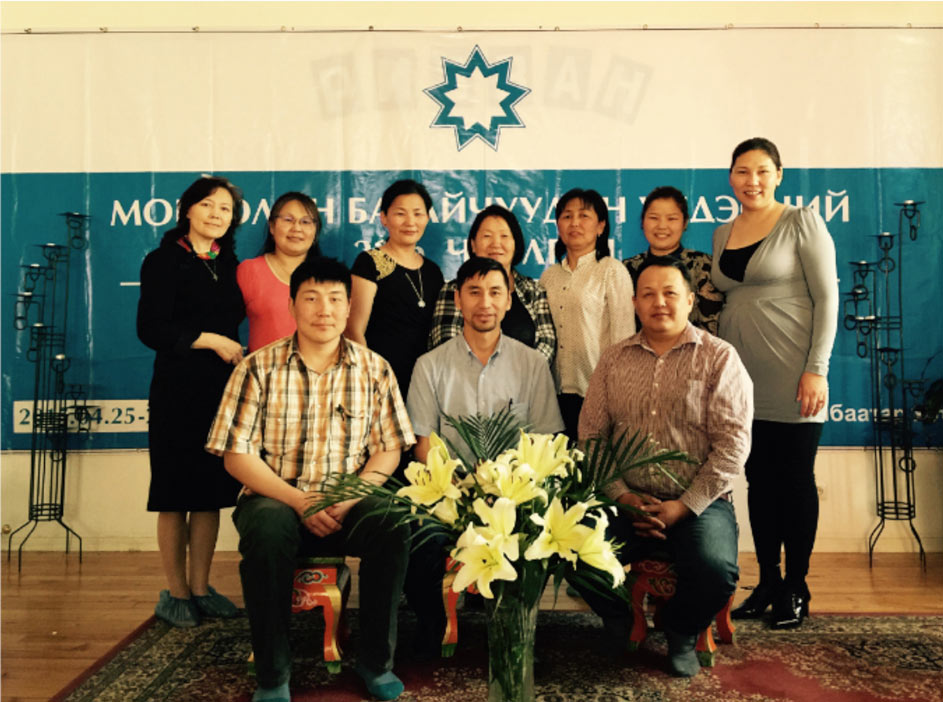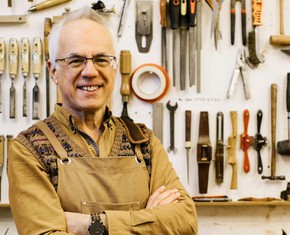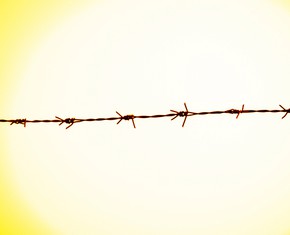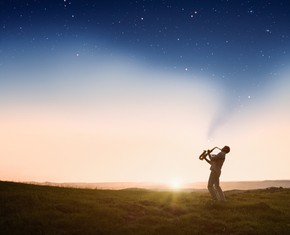The views expressed in our content reflect individual perspectives and do not represent the authoritative views of the Baha'i Faith.
“How does the Baha’i Faith grow?” people always ask. It’s a good question, because Baha’is have no clergy and don’t pressure others to become Baha’is. In fact, Baha’u’llah specifically asked the Baha’is not to proselytize:
The wise are they that speak not unless they obtain a hearing, even as the cup-bearer, who proffereth not his cup till he findeth a seeker, and the lover who crieth not out from the depths of his heart until he gazeth upon the beauty of his beloved. Wherefore sow the seeds of wisdom and knowledge in the pure soil of the heart, and keep them hidden, till the hyacinths of divine wisdom spring from the heart and not from mire and clay. – Baha’u’llah, The Hidden Words, pp. 34-35.
Despite that gentle approach, the Baha’i Faith has grown into the world’s second-most-widespread religion in 150 years, spanning the globe and creating a truly worldwide community.
Let me see if I can give you one example of how that works. In August of this year I made my first visit to the fascinating country of Mongolia along with my wife Odmaa, a native Mongolian and a medical doctor, when we went to see our Mongol family in the capital city of Ulaanbaatar.
Have you ever visited? Not many have. Mongolia, situated between Russia to the north and China to the south, is the 18th largest country of the nearly 200 world nations ranked by area. Its size puts it between Iran and Peru. It has a small population, just over three million, with nearly a third living in the capital city—which gives Mongolia a population density just under two persons per square mile.
More than half of all Mongols self-identify as Tibetan Buddhists. Nearly forty percent claim they are “non-religious” and less than three percent are Muslim, with only two percent Christian. You see Tibetan monks everywhere, and they are much respected by Mongolians, who seek their advice and counsel for the many decisions of life. Mongols, a very grounded people, live in the here-and-now and not for the past or for the future. Naturally very warm-hearted, they reminded me of many Native American tribal peoples, both in appearance and demeanor. My wife claims that Mongols are the forebears of Native Americans.
For nearly 70 years Mongolia existed under communist influence. In the 1990s, the country became a democratic republic—one of the world’s newest. In December of 1988 Sean Hinton, a young Australian Baha’i, moved to Mongolia; by doing so he earned the distinguished title of “Knight of Baha’u’llah” as the first Baha’i in the country. Sean became what Baha’is call a “pioneer”—not a paid missionary, but a person who voluntarily goes to a foreign country to live, work and spread the message of the oneness of humanity through their deeds.
Within six short years many Mongolians had met Sean and decided to become Baha’is. The new Mongolian Baha’is told others about their Faith, and the country’s Baha’i population rapidly expanded. As a result, Mongolian Baha’is formed their first National Spiritual Assembly—the democratically-elected Baha’i administrative body. The Baha’i population in Mongolia continues to expand as the National Spiritual Assembly focuses on community development goals in all 21 of the nation’s provinces.

National Spiritual Assembly of Mongolia 2015-16
The flight to Mongolia from Chicago took over 12 hours, and my wife and I rode another 11 hours by bus to go from the capital city to the remote mountain retreat of Shargaljuut, some 7,000 feet above sea level. Shargaljuut, well-known among Mongolians for over 100 hot springs—whose temperatures range between 100 and 200 degrees Fahrenheit—offers alleged curative agents that specifically address almost any malady that afflicts the human body. My wife and I visited just those hot springs that promised to alleviate our health issues. Additionally we underwent hot mud baths and almost daily treatments of acupuncture. We both felt remarkably better by the end of our stay.
As the only foreigner on the mountain I attracted a good deal of attention, and the traditional warm Mongolian greeting of “Sain baina uu?”
The bus trip offered wonderful glimpses of Mongolia’s great sweeping countryside. Most of the rural population are nomadic herders who follow their animals, who follow the life-sustaining but ever-retreating grass. We glimpsed herds of yaks, horses, cows, sheep, goats and oxen. The herders live in picturesque round houses called gers (pronounced GRRRs), which can be broken down and moved in a single day. Outside of many gers one can now see solar panels, satellite discs, motorcycles and automobiles, all of which testify to the encroachment of modern technology into an otherwise pastoral existence.

Duane and Odmaa Troxel by a monument of Ghengis Khan
My 98 year old Mongolian mother-in-law welcomed me with tears in her eyes. The rest of my wife’s many relatives were equally warm toward me… a total stranger. Before I left Mongolia my tiny mother-in-law set aside her cane, took my head in her hands and pulled it down against her forehead and we touched noses. I was overcome with emotion by this spontaneous act. I later learned this is only done between the closest people in one’s life.
No trip to Mongolia would be complete without visiting the massive equestrian statue of Genghis Khan some 30 miles out of Ulaanbaator—and visit it we did. Rising more than 130 feet, it sits astride a 32-foot-tall visitors’ center. To get to the viewing platform one must take an elevator through the horse’s body and then walk through the chest and neck to the viewing platform atop the horse’s head.
We had a delightful surprise while waiting in line by the entrance to buy our tickets into the monument. A man standing next to me put his hand next to mine and said, “Look, we have the same ring!” We compared our Baha’i rings and exchanged warm greetings. He explained that he and his wife were Persian pioneers in Mongolia—what a serendipitous event! Inside the visitor’s center we got dressed up in costume and had our photographs taken. Who knows, perhaps the meeting was a portent that we will someday return to join them as Baha’i pioneers and world citizens in the wonderful country of Mongolia.
You May Also Like
Comments

















Beautiful story! I have always been a world traveler and Mongolia is one of the places I have always wanted to go. I loved learning about it. Thank you. --